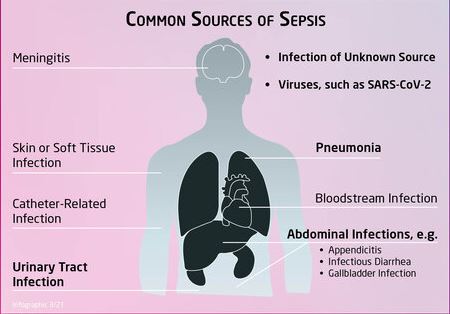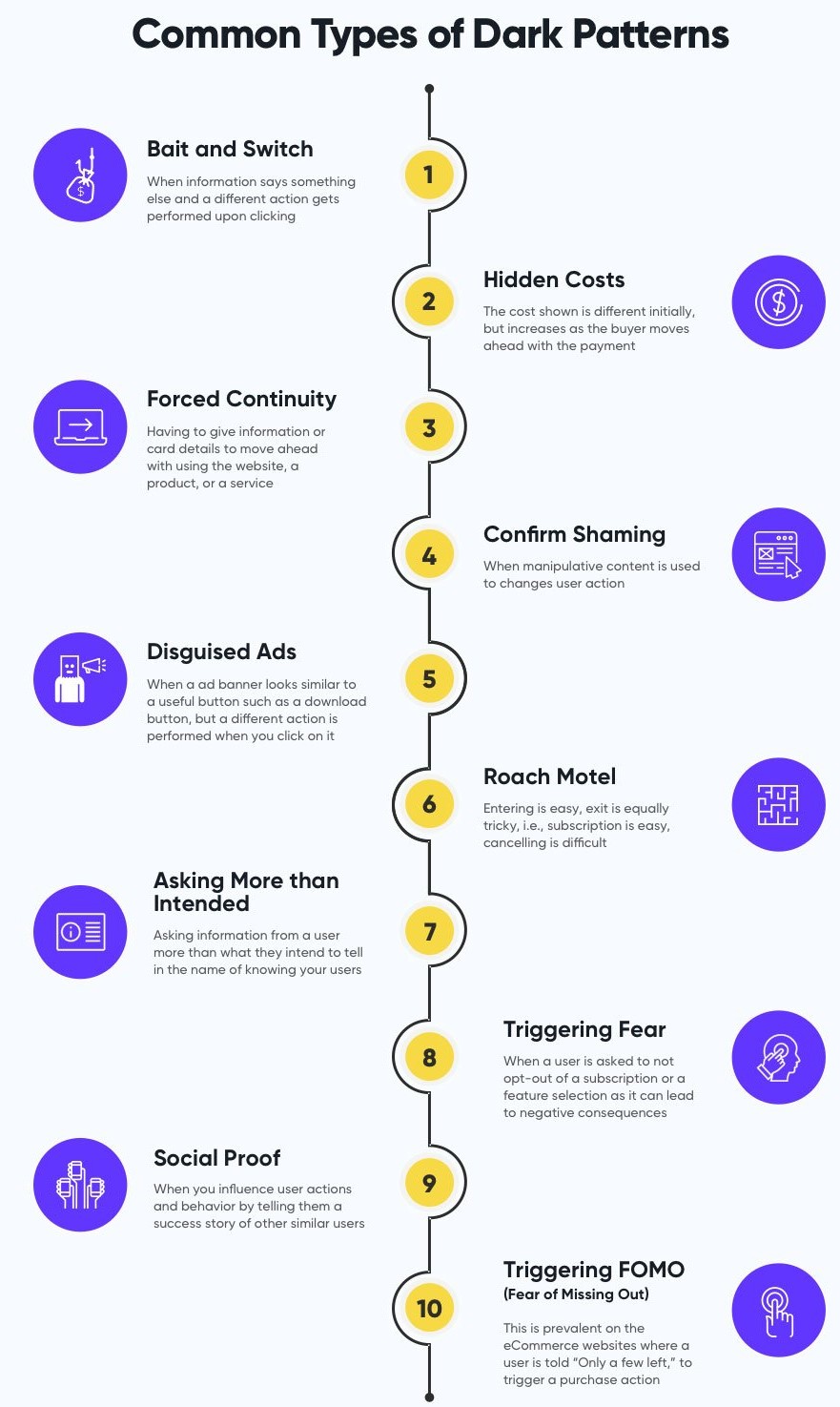Geoglyphs of Ratnagiri
Experts red-flagged the proposed site for mega oil refinery project in Barsu village, Ratnagiri district citing damage to ancient rock carvings.
- Geoglyph or Petroglyph - The term Geoglyphs is also used to denote Petroglyph (UNESCO mentions as Geoglyphs of Konkan).
- Geoglyphs are a form of prehistoric rock art, created on the surface of laterite plateaus (Sada in Marathi).
- Petroglyphs are drawn by removing part of a rock surface by incising, picking, carving or abrading.
- They can be in the form of rock paintings, etchings, cup marks and ring marks.
Geoglyphs of Konkan Region of India
- Clusters of geoglyphs are spread across the Konkan coastline in Maharashtra and Goa, spanning around 900 km.
- Porous laterite rock found on a large scale across the entire region lends itself to such carving.
- These rock arts are estimated to be 20,000 years old.
- They are classified as protected monuments by the state archaeology department and the Archaeological Survey of India (ASI).
Geoglyphs of Konkan Region
The rock art sites have been added to the tentative list of UNESCO’s world heritage sites.
The tentative list mentions
- Seven sites with petroglyphs in Ratnagiri district — Ukshi, Jambharun, Kasheli, Rundhe Tali, Devihsol, Barsu and Devache Gothane.
- One in Sindhudurg district –Kudopi village.
- One at Phansamal in Goa.
Petroglyphs of Ratnagiri
- Ratnagiri district has more than 1,500 petroglyphs called katal shilpa.
- The carvings vary in shape and size from site to site.
- Significance - Ratnagiri’s rock art is evidence of the continued existence of human settlements from the Mesolithic (middle Stone Age) to the early historic era.
- The figures depicted in the geoglyphs includes reptilian and amphibian creatures apart from humans and animals.
- They also show the existence of certain types of fauna that are no longer present in the region today.
The largest rock engraving or geoglyph in India is at Kasheli in the Ratnagiri district, which has a large figure of an elephant with dimensions of 18X13 metres.
References
- Indian Express - Ratnagiri’s pre-historic rock art
- Indian Express - Ancient rock carvings of Ratnagiri
- UNESCO: Tentative List - Geoglyphs of Konkan Region of India
Sepsis
A new research clarifies how Sepsis, one of the most expensive medical condition in the world, can lead to cell death.
- Sepsis is a life-threatening condition arising from the body’s over-reactive response against an infection, leading it to injure its own tissues and organs.
- Sepsis is one of the most expensive medical condition in the world and affects nearly 50 million people globally each year.

- Researchers have studied how certain types of bacteria interact with cells during infections to discover the cells and molecules that potentially trigger death from sepsis.
Tumour Necrosis Factor (TNF)
- Tumour Necrosis Factor (TNF) has the ability to induce tumour cells to die.
- TNF is a cytokine produced when the immune system is stimulated by a bacterial extract called Coley’s toxin.
Cytokines are a broad group of small proteins released by the immune cells in response to a pathogen, which recruit other immune cells to eliminate infection.
- Blood cells made in the bone marrow (myeloid cells) are the major producers of TNF.
- In normal conditions, TNF promotes beneficial processes such as cell survival and tissue regeneration.
- Uncontrolled TNF production can lead to a dangerous cytokine storm and to the development of rheumatoid arthritis and similar inflammatory conditions.
- When TNF is left uncontrolled during infections, it can lead to sepsis.
- Blocking and neutralising TNF activity can effectively treat numerous autoimmune diseases, including rheumatoid arthritis.
References
- The Hindu - Sepsis is one of the most expensive medical conditions in the world
- Down To Earth - Sepsis is one of the most expensive medical conditions in the world
- Global Sepsis Alliance
Dark Patterns
Some Internet-based firms have been tricking users into agreeing to certain conditions or clicking a few links using dark pattern.
- Dark patterns are also known as ‘Deceptive Patterns.’
- They are patterns that are unethical user interface designs that deliberately make user’s internet experience harder or even exploit the user.
- The deceptive interface design mislead or trick users to make them do something they don't want to do.
- Dark patterns in turn benefit the company or platform employing the designs.
- They are used by the companies since around 2010.
- Examples - Sponsored video ads scattered between reels and stories in Instagram that users originally opted to view, pop-ups and thumbnails of other videos in the final seconds of a video in YouTube.
- By using them, digital platforms take away a user’s right to full information about the services they are using, and reduce their control over their browsing experience.

- Issues - Dark patterns introduce online obstacles, make simple tasks time-consuming.
- It endangers the experience of Internet users and make them more vulnerable to financial and data exploitation by Big Tech firms.
- It confuse users and have them sign up for unwanted services/products, and force them to pay more money or share more personal information than they intended.
References
- The Hindu - What are ‘dark patterns’ in the Internet?
National Mobile Monitoring System
Digitally capturing the attendance of workers employed under the Mahatma Gandhi National Rural Employment Guarantee Scheme (MGREGS) has been made universal by the Centre from January 1, 2023.
- The Union government started a pilot project to digitally capture attendance of MGNREGS workers in May 2021.
- It was done through a mobile application called the National Mobile Monitoring System (NMMS).
- Capturing attendance via NMMS app was made compulsory for all worksites with 20 or more workers in the pilot.
- Procedure - The mates or supervisors capture the digital attendance.
- This requires uploading two time-stamped and geotagged photographs of the workers.
- Advantages - The NMMS app ensures transparency and accountability of the scheme.
- The NMMS App allows real time attendance of workers at MGNREGA worksites along with geo-tagged photograph.
- Drawbacks - Lack of technical support, the necessity to own a smartphone, paying for an Internet connection, and issues with erratic Internet connectivity.
- Digital capturing of attendance is now mandatory for all worksites, regardless of the number of workers engaged, and will be applicable from January 1, 2023.
- To address the drawbacks few changes have been made in the app.
- It has ease out the specific time point requirement for capturing the attendance and photographs.
- In case of exceptional circumstances, manual attendance can be uploaded by the District Programme Coordinator (DPC).
References
- The Hindu - Universal digital capturing of MGNREGA attendance
- Ministry Of Rural Development - Benefits of NMMS App
Dhone Boats
The Konda Reddi and Koya tribes are about to abandon their traditional boats without compensation, as they are set to be displaced for the Polavaram project.
- ‘Dhone’ is a traditional wooden boat, with the wooden oar found in the Bison hills of Godavari River.
- They are made of ‘Booriga tree’ (known in local parlance).
- The maximum length of a Dhone is approximately 10 feet to 15 feet.
- A maximum of nine persons can go for fishing on a Dhone in the Godavari up to a point where the depth of the river is 200 metre.
- Dhone are crafted and owned by Konda Reddi and Koya tribes living in the Papikonda hill range.
- Fishing on Dhone has been the prime livelihood option for these tribes for generations until engine boats came into operation.
- Konda Reddis are Particularly Vulnerable Tribal Group (PVTG) mostly living in the Godavari gorges of Andhra Pradesh and Telangana.
References
- The Hindu - A swansong for Dhone boats of Bison hills
